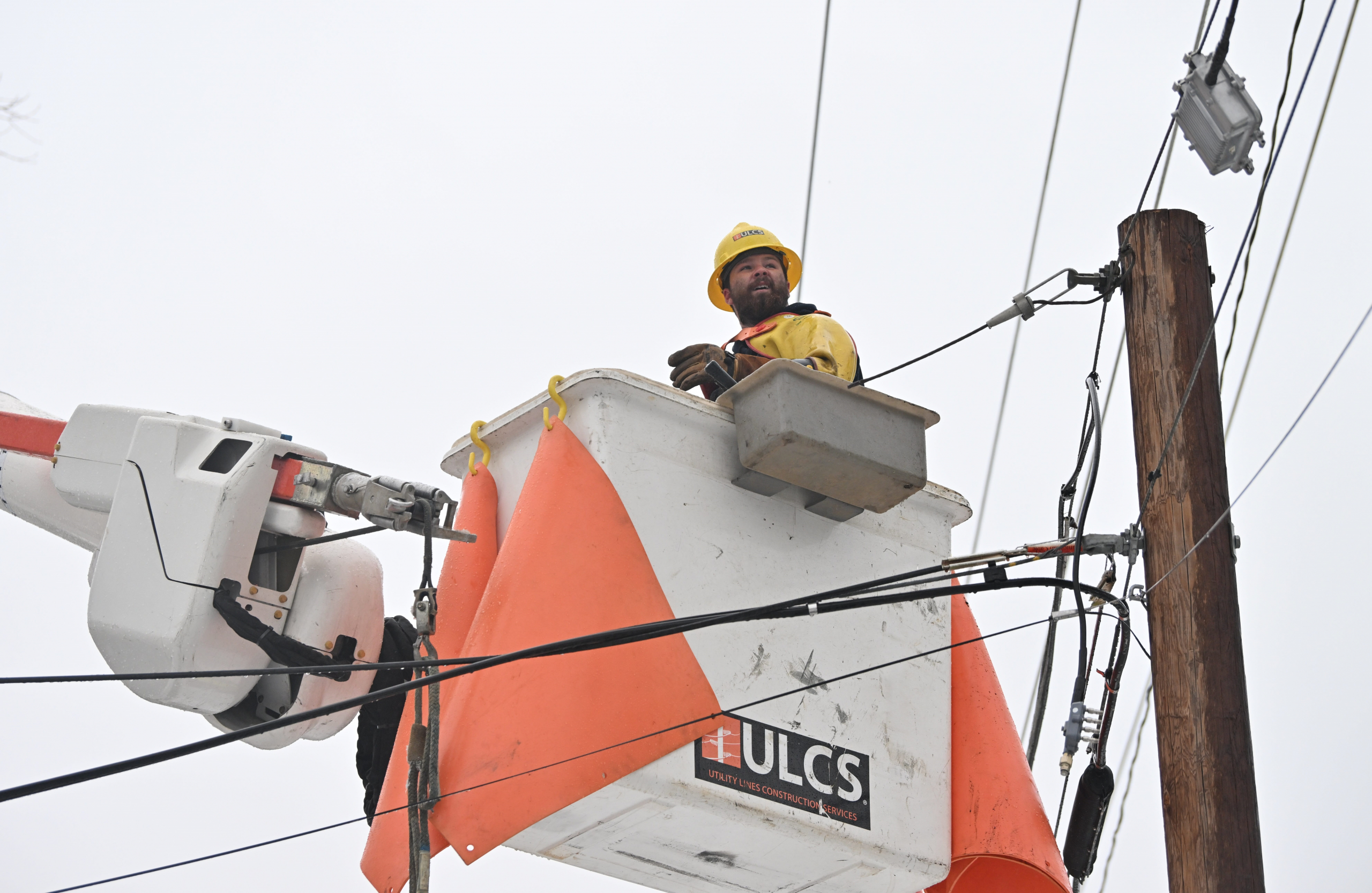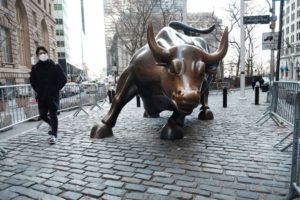
(Photo by Peter Zay/Anadolu Agency via Getty Images)
Despite being a first-world country that is still one of the planet’s largest energy producers, the United States could experience blackouts this summer, according to a new “Summer Reliability Assessment” report from the North American Electric Reliability Corporation (NERC), a non-profit organization that promotes power grid stability and security.
 Study authors warned that vast areas of the US, from the west coast to the Midwest to the south, could endure summer blackouts due to swelling demand and power supplies coming under pressure. Because of power plants that have been shut down, supply chain hiccups, and an anticipated bout of unbearable temperatures, households and businesses might be unable to keep the lights on over the next few months. The report also warned of cyber attacks on the utility system, particularly by Russia, which would initiate these tactics in response to American support for Ukraine.
Study authors warned that vast areas of the US, from the west coast to the Midwest to the south, could endure summer blackouts due to swelling demand and power supplies coming under pressure. Because of power plants that have been shut down, supply chain hiccups, and an anticipated bout of unbearable temperatures, households and businesses might be unable to keep the lights on over the next few months. The report also warned of cyber attacks on the utility system, particularly by Russia, which would initiate these tactics in response to American support for Ukraine.
Another critical factor is that these “energy emergencies” are intensifying due to the nation’s green energy transition. As drought conditions are expected to amplify in the western US, hydroelectric dams will not produce enough to satisfy demand. Moreover, should wildfires persist, the smoke could darken the skies and prevent rooftop solar panels from creating enough power for homes.
“It’s a pretty sobering report, and it’s clear the risks are spreading. I certainly do think it’s our most cautionary tale here,” John Moura, director of reliability assessment and performance analysis, told reporters at a press briefing. “The pace of our grid transformation is out of sync with the physical realities.”
Overall, electricity supplies are going to be tight amid surging consumer demand. If residential properties are fortunate enough to be able to run the washing machine and the dishwasher at high noon, they will be paying a hefty penny since energy prices have skyrocketed, including natural gas, which has soared 160% year-to-date. But summer could be a prelude for the winter as industry observers are already ringing alarm bells about falling inventories and lackluster output since the US will be shipping more liquefied natural gas (LNG) to Europe.
Inflation Eating Away at Savings

In April, personal income rose 0.4%, personal spending advanced 0.9%, and the personal savings rate collapsed to a 14-year low of 4.4%. Suffice it to say, workers are spending more than they are earning, and the cost-of-living crisis is resulting in consumers saving less. It is a perfect storm of deteriorating financial conditions for millions of households who have also seen $5 trillion in wealth wiped out this year. It makes sense why one-third of Americans believe their personal financial situation will worsen over the next year, according to the Federal Reserve Board of New York’s (FRBNY) Survey of Consumer Expectations. It is all good, though, because the Eccles Building’s favorite inflation gauge – the personal consumption expenditure (PCE) price index) – clocked in at 6.3% instead of 6.6%. Let the good times roll, as the young whippersnappers would bellow at the local ice cream shop in front of the jukebox!
Worse Than You Thought

(Photo by Spencer Platt/Getty Images)
The first-quarter gross domestic product (GDP) reading surprised financial markets. The US economy kicked off 2022 by contracting 1.4%, meaning that another quarter of economic contraction will trigger a recession. But the January-March reading was worse than what the Bureau of Economic Analysis (BEA) initially reported, as the Q1 GDP growth rate clocked in at -1.5%. In the first three months of 2022, the US economy slumped by two main factors. The first was the trade gap: The US spent more on imports than other nations purchased US exports. This reduced the first-quarter GDP by 3.2 percentage points. The second was a decline in restocking in stores and warehouses, which trimmed the headline figure by 1.1 percentage points.
Although the odds of a recession are growing on Wall Street and Main Street, many market analysts anticipate a rebound in the second quarter. The Atlanta Fed Bank’s GDPNow model suggests the growth rate in the April-June span will be 1.9%, while Dutch bank ING forecasts annualized gains of at least 2% in the second quarter. But with inflation as elevated and sticky as it is and consumers coming under tremendous fiscal strain, it is only a matter of time until the economy, which is two-thirds driven by consumption, buckles under substantial pressure.
Indeed, it is a perfect storm of factors: soaring energy prices, skyrocketing fuel costs, supply chain snafus, war in Eastern Europe, and inflation pulling an Amber Heard on consumers’ wallets. If the Federal Reserve somehow averts a hard landing, Jerome Powell should be honored as God Emperor of the United States. All hail GEOTUS Powell!
Remember to check out the web’s best conservative news aggregator
Whatfinger.com — the #1 Alternative to the Drudge

